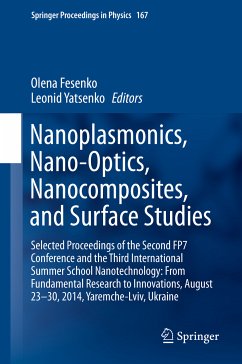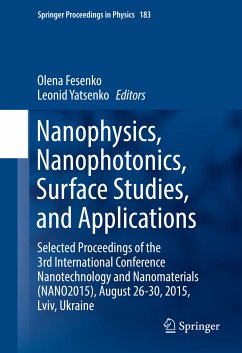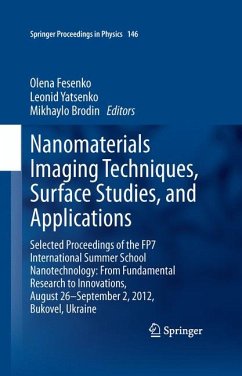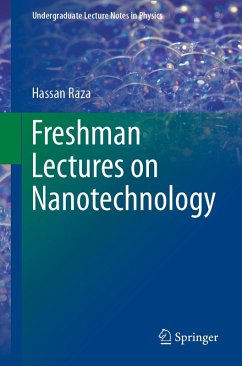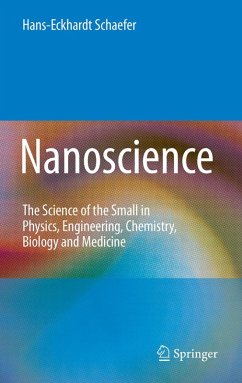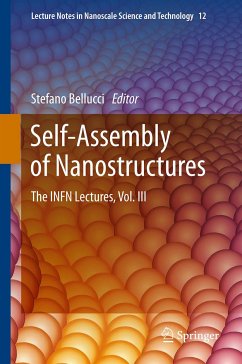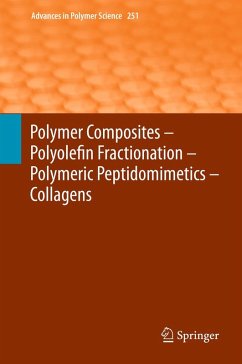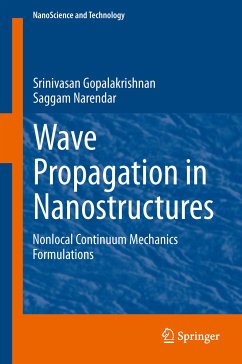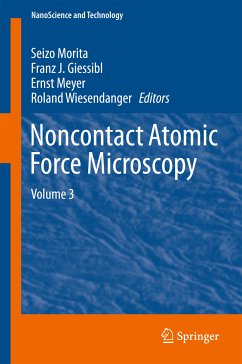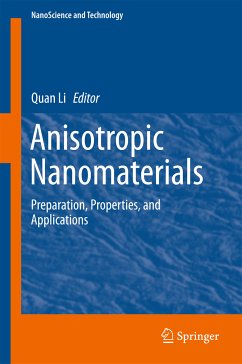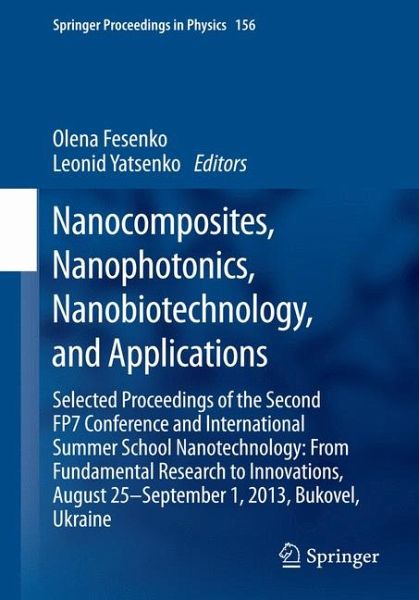
Nanocomposites, Nanophotonics, Nanobiotechnology, and Applications (eBook, PDF)
Selected Proceedings of the Second FP7 Conference and International Summer School Nanotechnology: From Fundamental Research to Innovations, August 25-September 1, 2013, Bukovel, Ukraine
Redaktion: Fesenko, Olena; Yatsenko, Leonid
Versandkostenfrei!
Sofort per Download lieferbar
112,95 €
inkl. MwSt.
Weitere Ausgaben:

PAYBACK Punkte
56 °P sammeln!
This book presents some of the latest achievements in nanotechnology and nanomaterials from leading researchers in Ukraine, Europe, and beyond. It features contributions from participants in the 2nd International Summer School "Nanotechnology: From Fundamental Research to Innovations" and International Research and Practice Conference "Nanotechnology and Nanomaterials", NANO-2013, which were held in Bukovel, Ukraine on August 25-September 1, 2013. These events took place within the framework of the European Commission FP7 project Nanotwinning, and were organized jointly by the Institute of Phy...
This book presents some of the latest achievements in nanotechnology and nanomaterials from leading researchers in Ukraine, Europe, and beyond. It features contributions from participants in the 2nd International Summer School "Nanotechnology: From Fundamental Research to Innovations" and International Research and Practice Conference "Nanotechnology and Nanomaterials", NANO-2013, which were held in Bukovel, Ukraine on August 25-September 1, 2013. These events took place within the framework of the European Commission FP7 project Nanotwinning, and were organized jointly by the Institute of Physics of the National Academy of Sciences of Ukraine, University of Tartu (Estonia), University of Turin (Italy), and Pierre and Marie Curie University (France). Internationally recognized experts from a wide range of universities and research institutions share their knowledge and key results on topics ranging from nanooptics, nanoplasmonics, and interface studies to energy storage and biomedical applications.
Dieser Download kann aus rechtlichen Gründen nur mit Rechnungsadresse in A, B, BG, CY, CZ, D, DK, EW, E, FIN, F, GR, HR, H, IRL, I, LT, L, LR, M, NL, PL, P, R, S, SLO, SK ausgeliefert werden.




